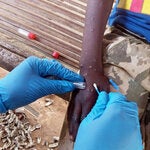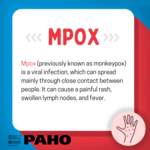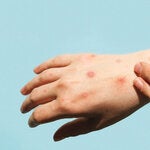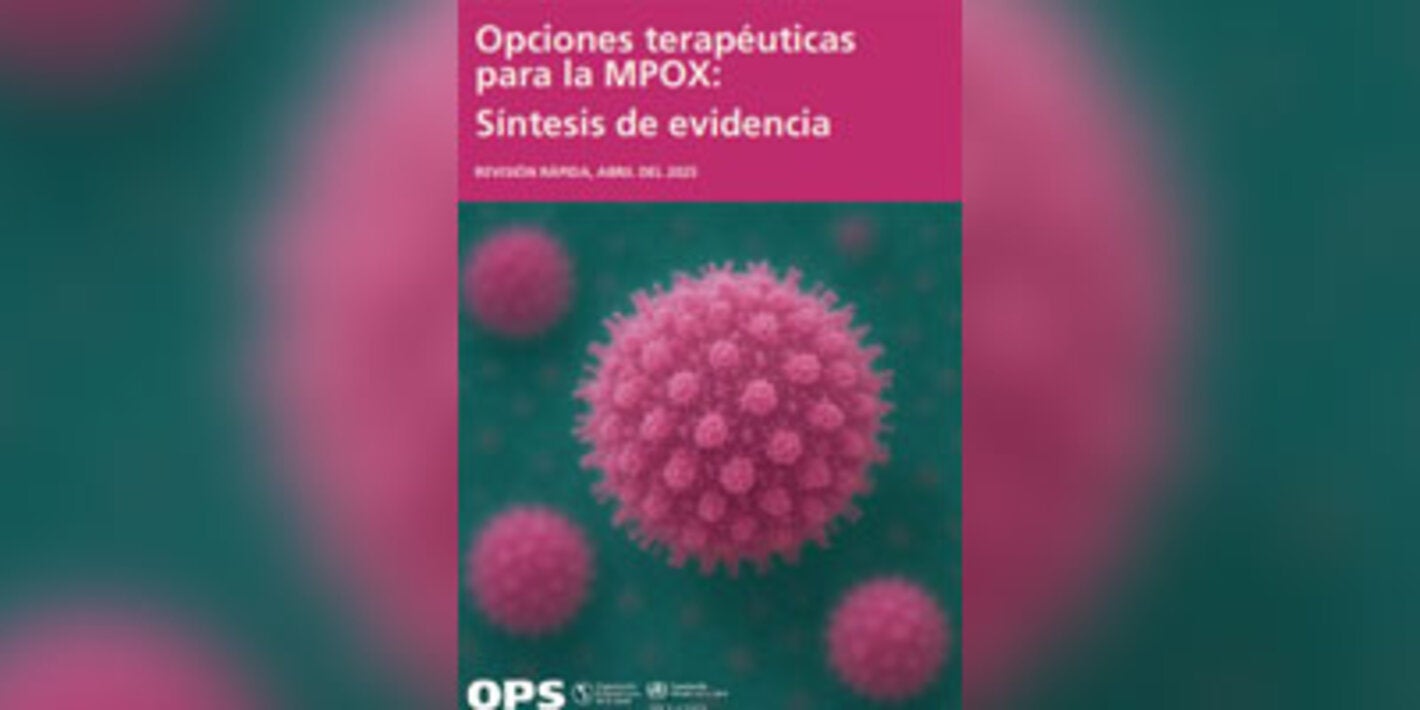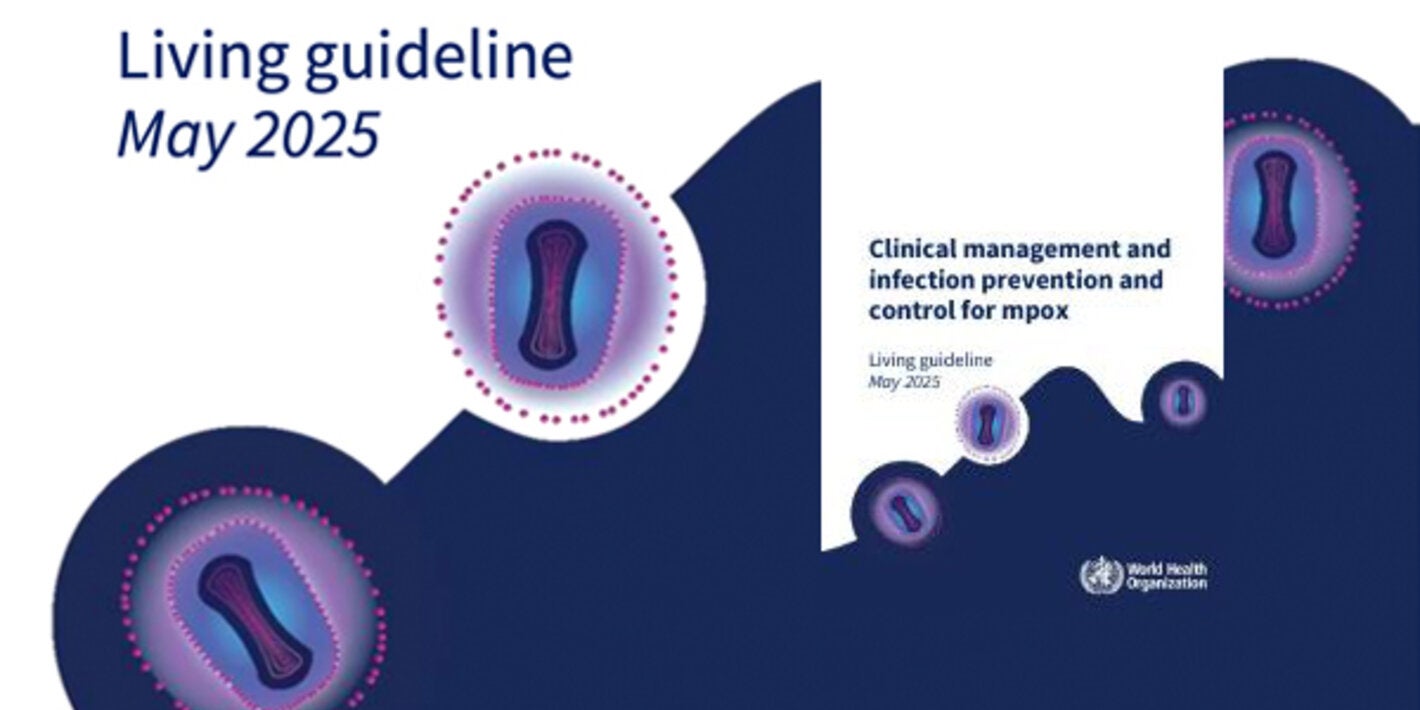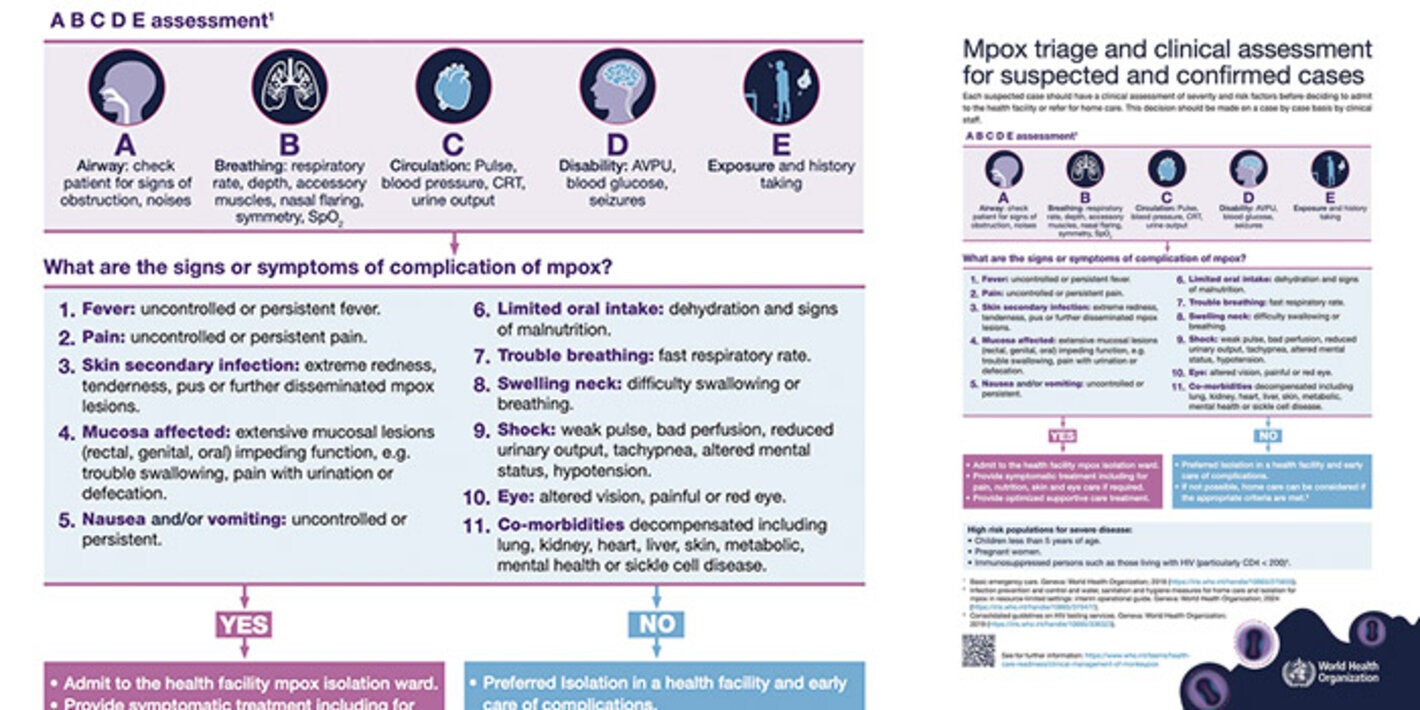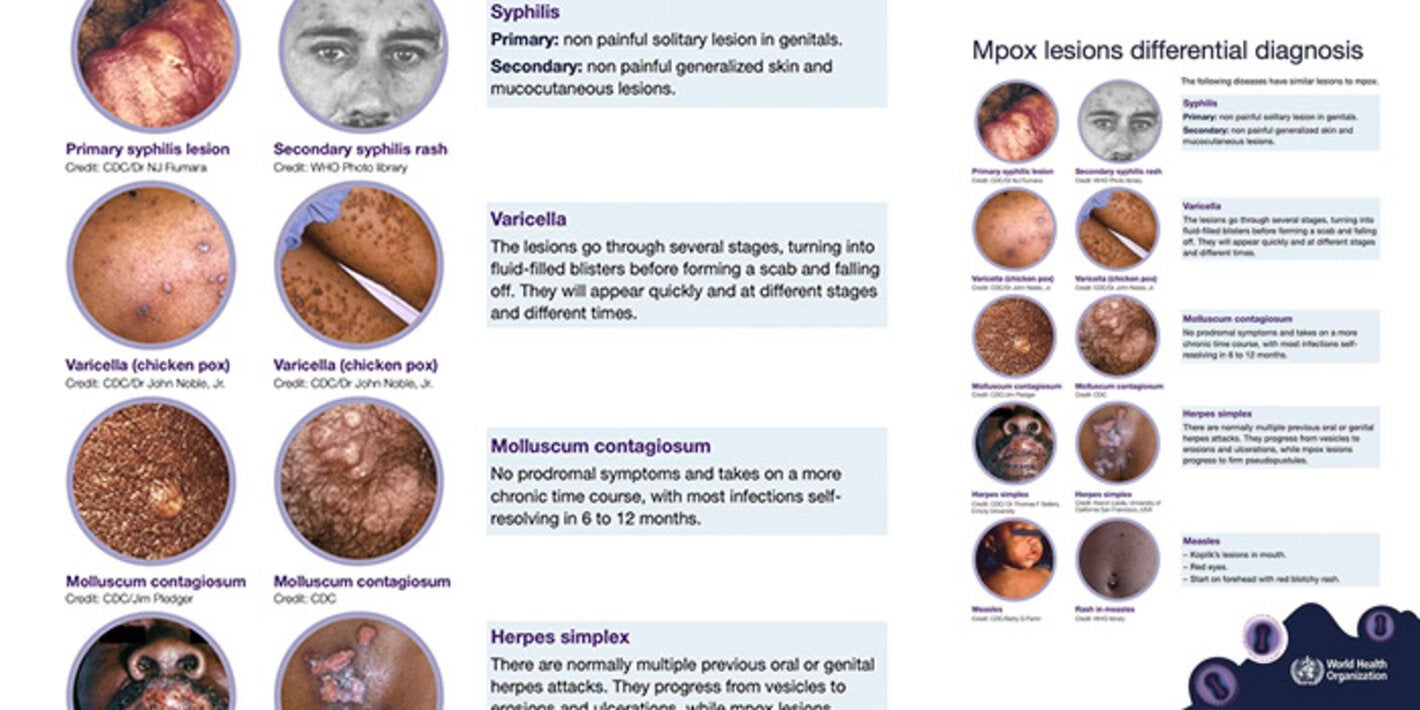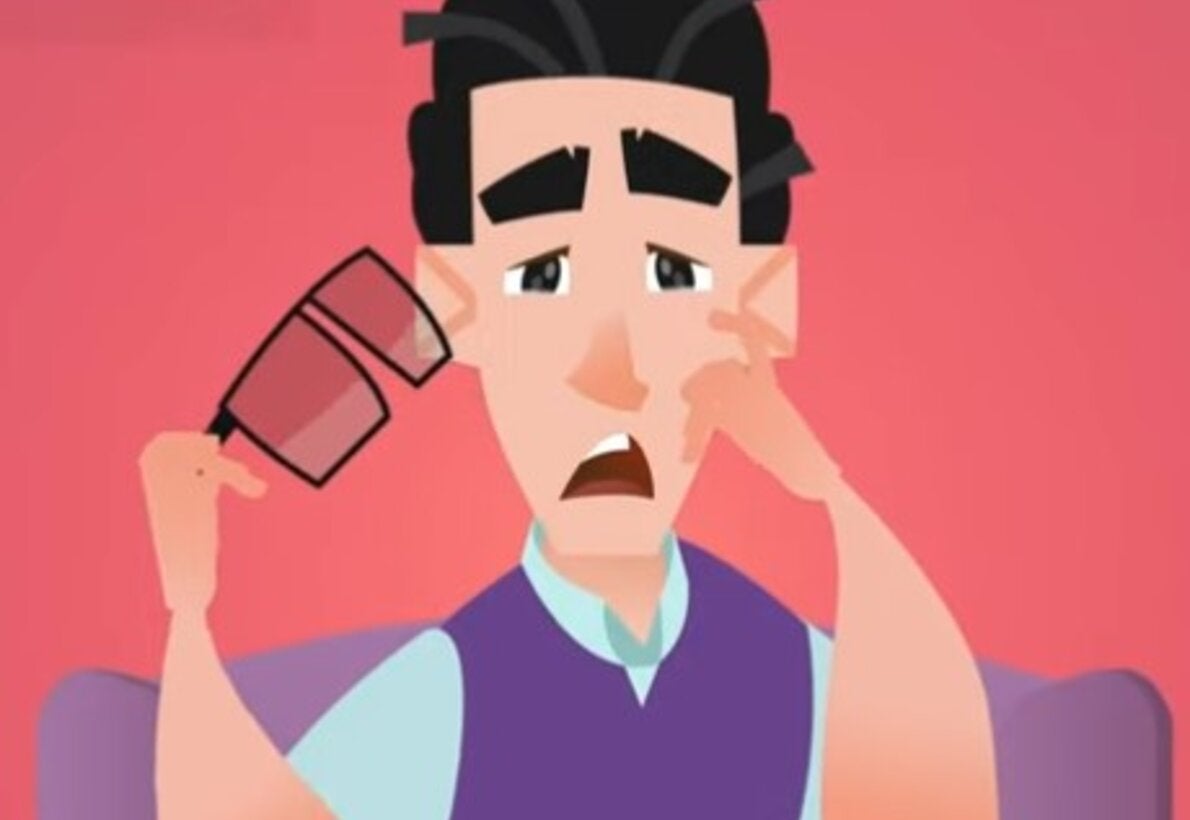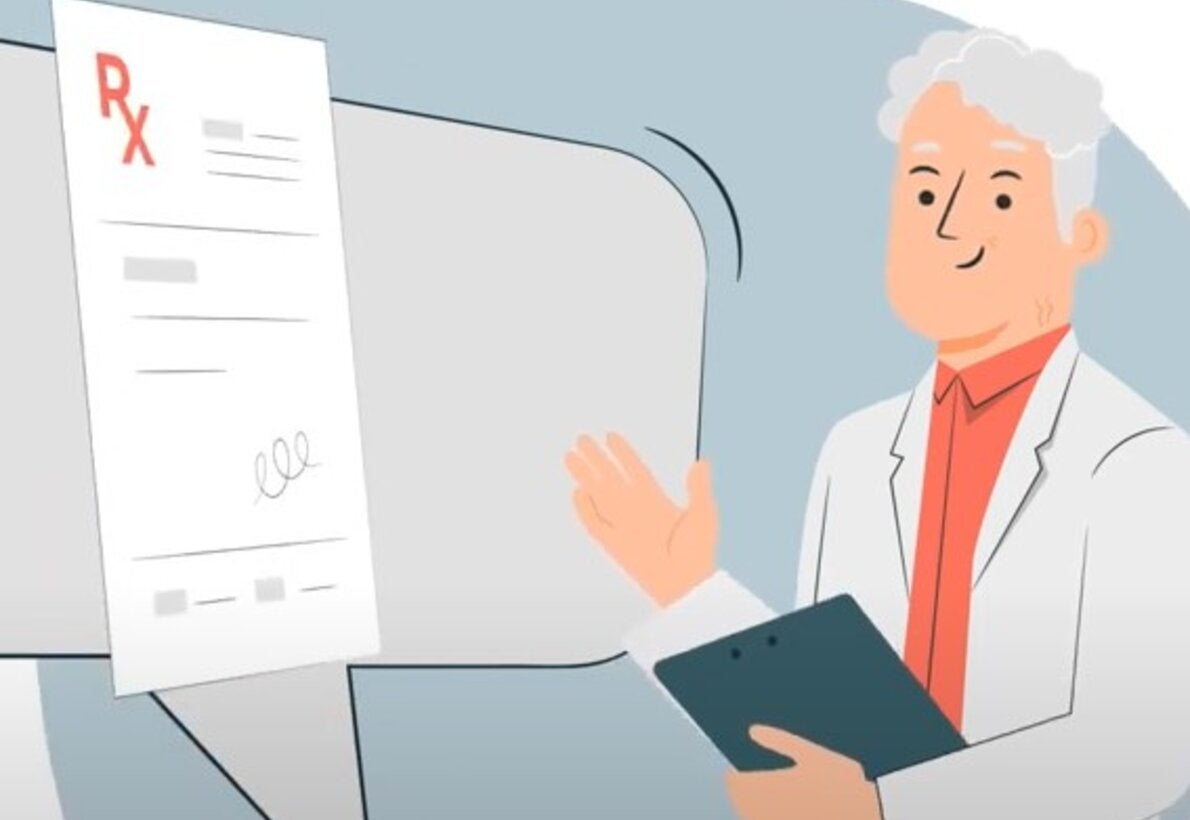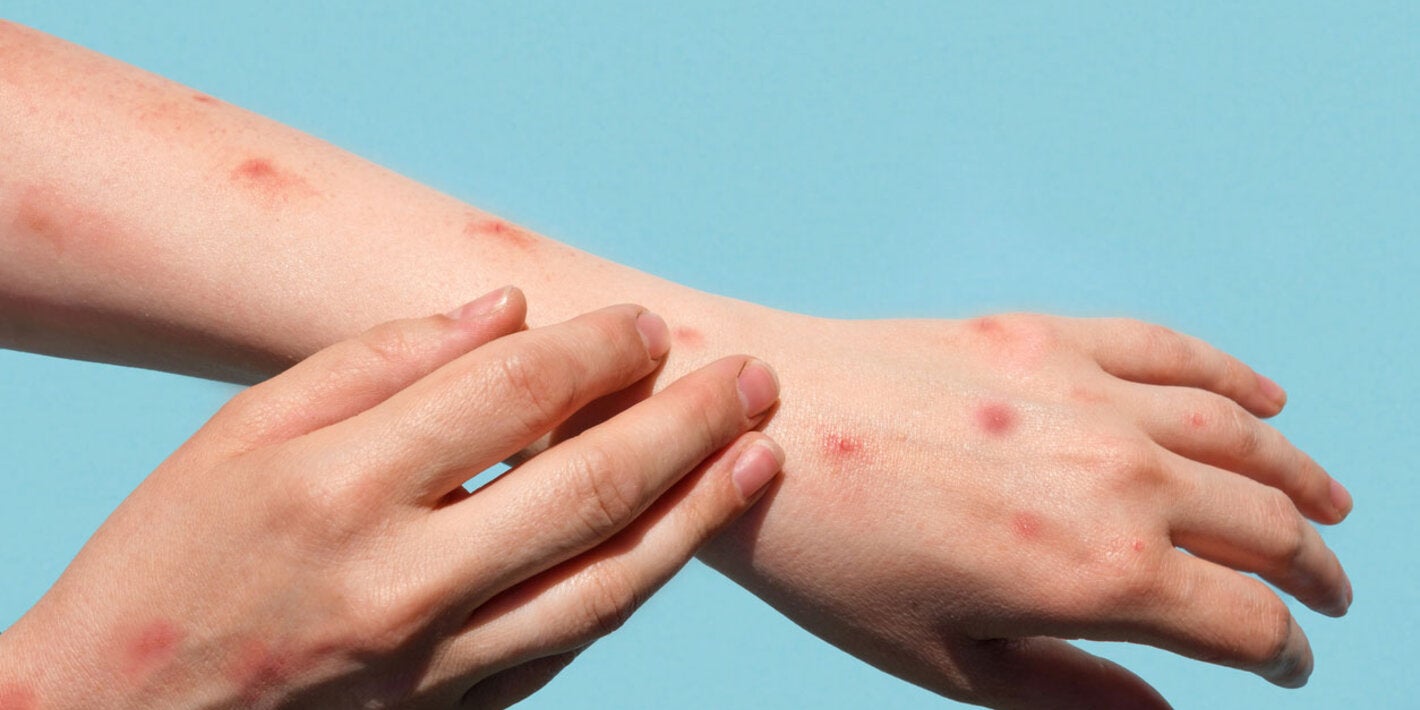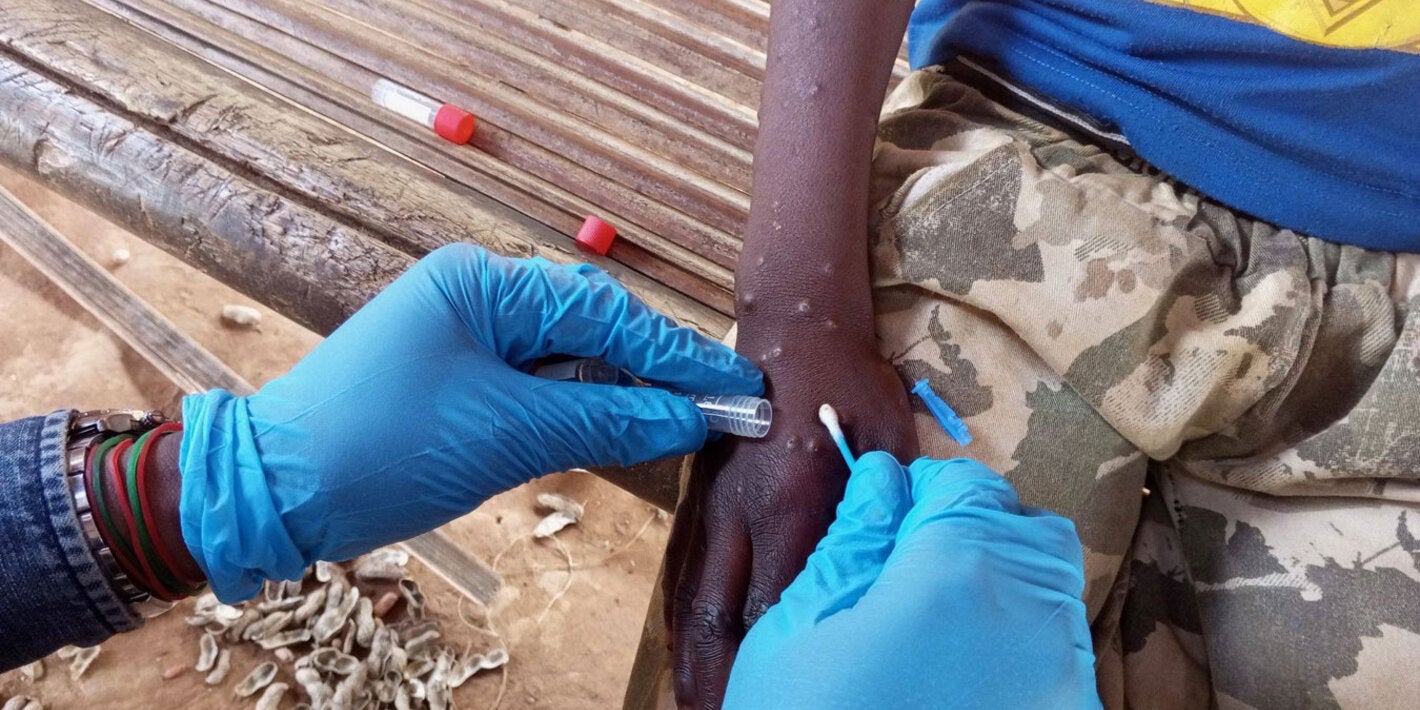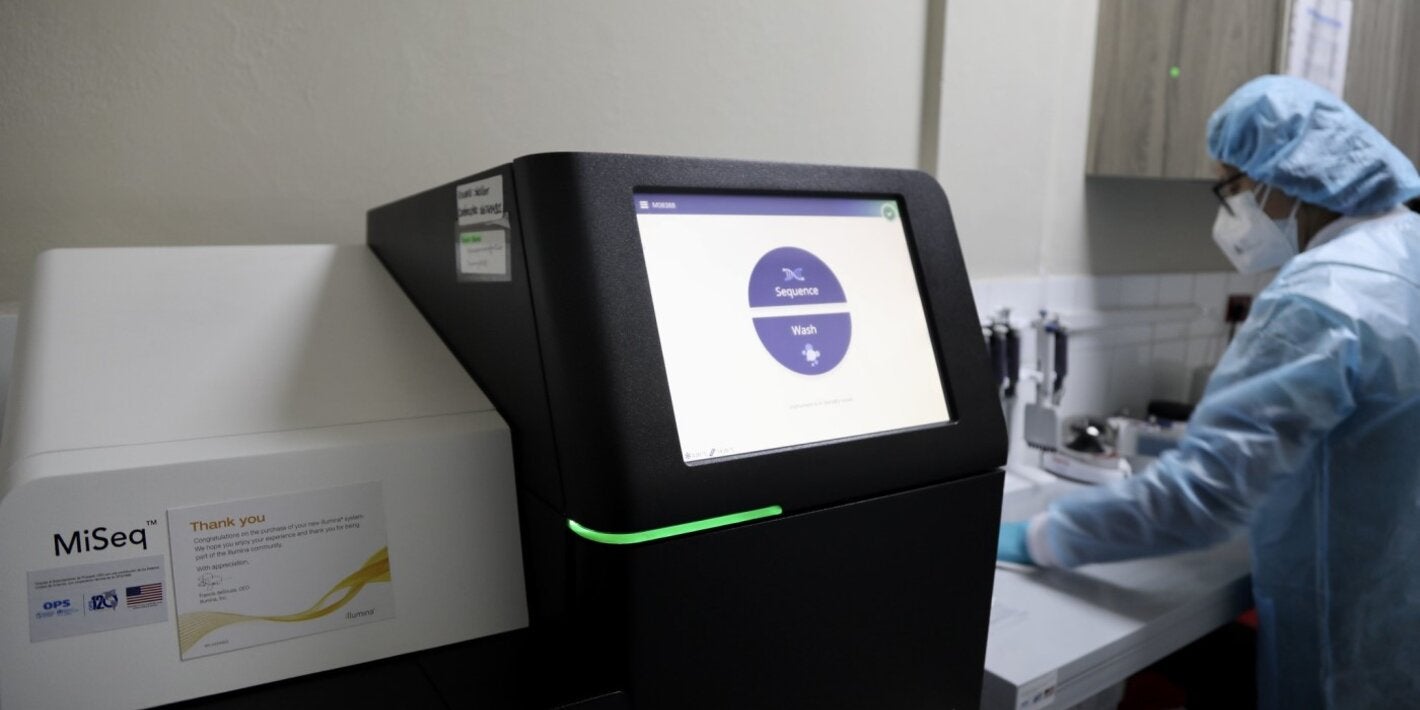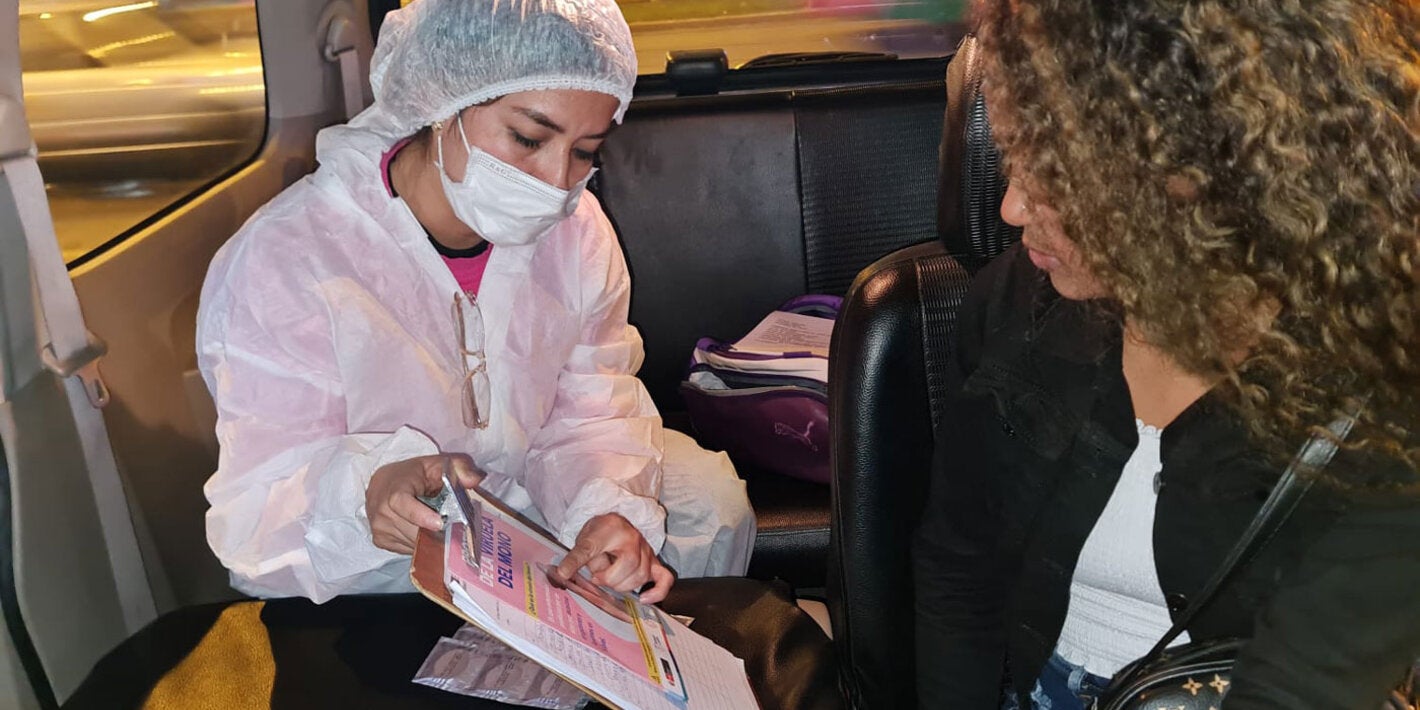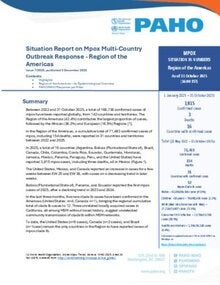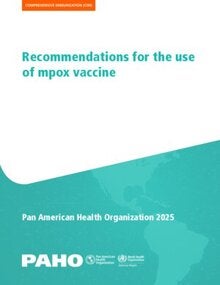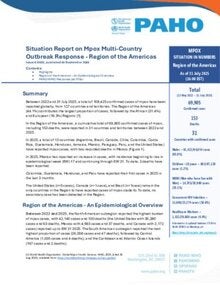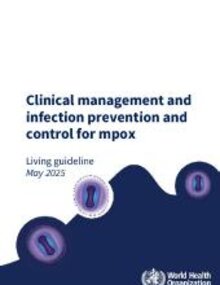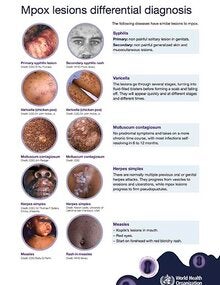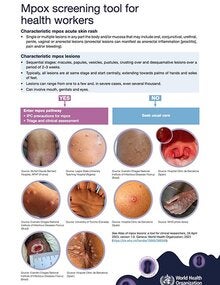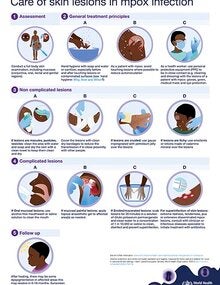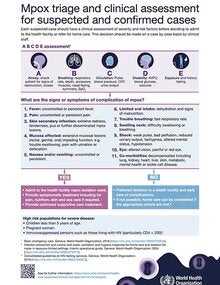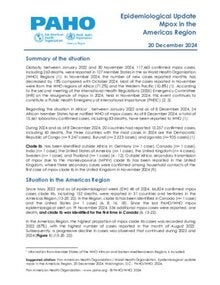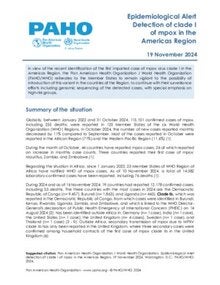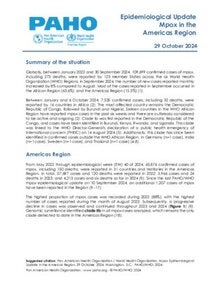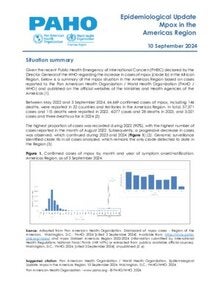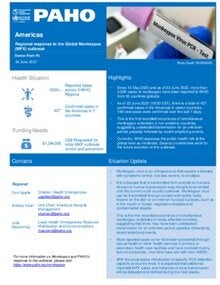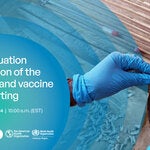SUBMENÚ
What is mpox?
Mpox (monkeypox) is a viral zoonotic disease caused by the mpox virus, a member of the Orthopoxvirus genus, this includes the variola virus (which causes smallpox). Mpox is characterized by rash or skin lesions that are usually concentrated on the face, palms of the hands, and soles of the feet.
Two distinct clades are identified: the west African clade and the Congo Basin clade, also known as the central African clade. Human infections with the West African strain appear to cause less severe disease compared to the Congo Basin strain.
On 14 August 2024, WHO Director-General declared that the upsurge of mpox in the Democratic Republic of the Congo (DRC) and a growing number of countries in Africa, constitutes a public health emergency of international concern (PHEIC) under the International Health Regulations (2005) (IHR). The emergence and rapid spread of the new clade 1b virus strain in the DRC, its detection in neighboring countries, and the potential for further spread within Africa and beyond the continent, were significant factors in the declaration of the PHEIC. This is the second PHEIC determination related to mpox within the past two years. In May 2022, several countries where mpox is not endemic reported cases, including some countries in the Americas. On 23 July 2022, the WHO Director-General declared the multi-country outbreak of mpox constitutes a Public Health Emergency of International Concern (PHEIC).
Transmission
Mpox can spread to people when they come into physical contact with an infected animal. Traditionally, mpox is transmitted from person to person mainly through direct or indirect contact with the rash, bodily fluids (such as fluid, pus, or blood from skin lesions), and scabs are particularly infectious. Clothing, bedding, towels, or objects like eating utensils/dishes that have been contaminated with the virus from contact with an infected person can also infect others.
The virus can also spread from someone who is pregnant to the fetus from the placenta, or from an infected parent to child during or after birth through skin-to-skin contact. It is not clear whether people who do not have symptoms can spread the disease.
Treatment
There are no specific treatments for monkeypox virus infection. Mpox symptoms often resolve on their own without the need for treatment. Clinical care for monkeypox should be fully optimized to alleviate symptoms, manage complications and prevent long-term sequelae. It is important to take care of the rash by letting it dry if possible or covering it with a moist dressing to protect the area if needed. Avoid touching any sores in the mouth or eyes. Mouth rinses and eye drops can be used as long as cortisone-containing products are avoided. An antiviral that was developed to treat smallpox (tecovirimat, commercialized as TPOXX) was also approved for the treatment of mpox in January 2022.
The Pan American Health Organization / World Health Organization (PAHO/WHO) supports the Member States with surveillance, preparedness, and outbreak response activities for mpox in affected countries.
Given the occurrence of cases of mpox in countries within and outside of the Region of the Americas, PAHO activated its standard emergency procedures (SEPs) and established an incident management team with the active participation of personnel from over 15 entities of PAHO/HQ to ensure a timely response to the outbreak and lead preparedness efforts in the Member States. PAHO was the first WHO region to make vaccines available to countries in the region as part of the emergency response to the 2022 mpox outbreak. First shipments were prioritized according to the epidemiological situation reported by the countries. View more


